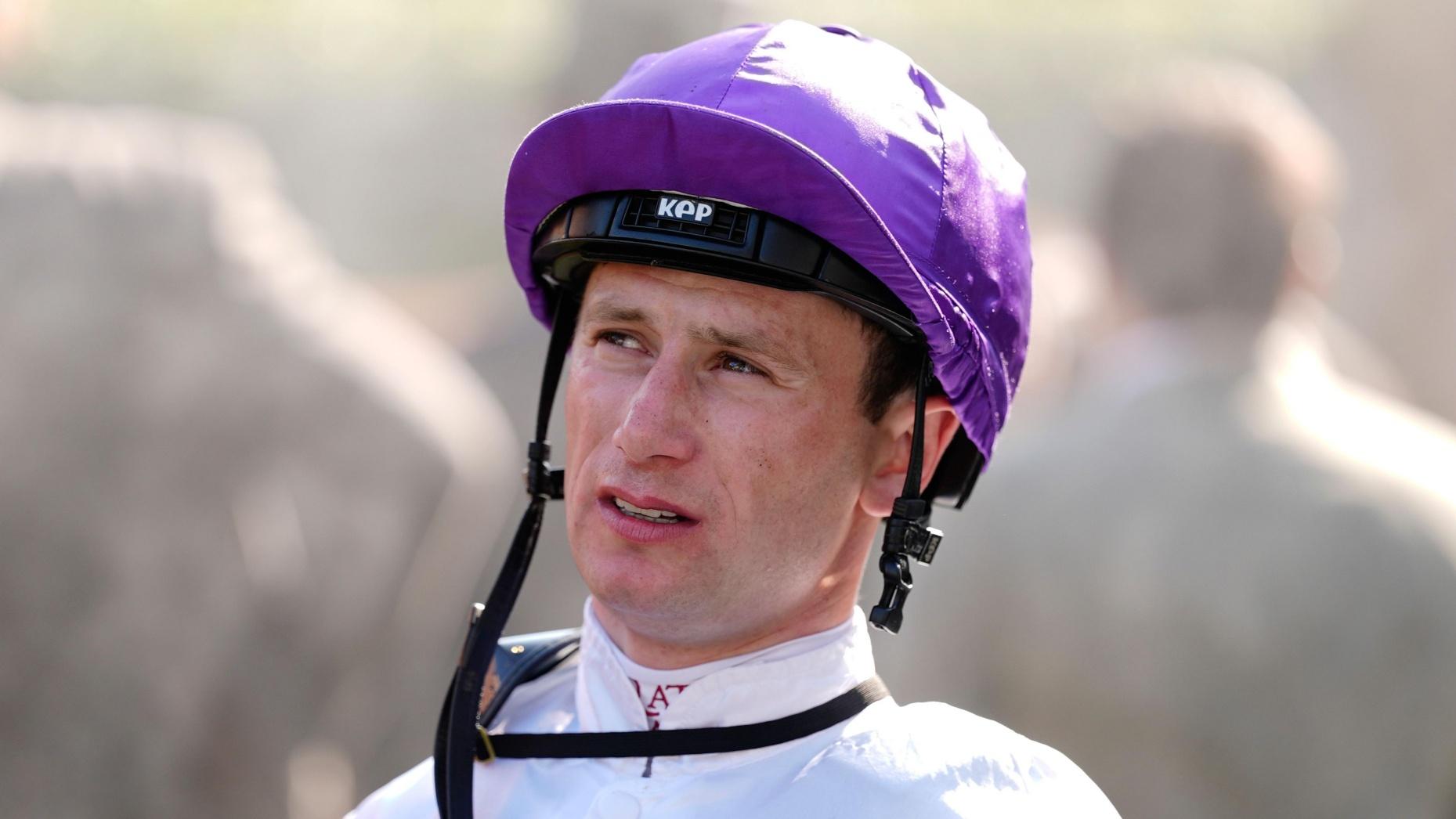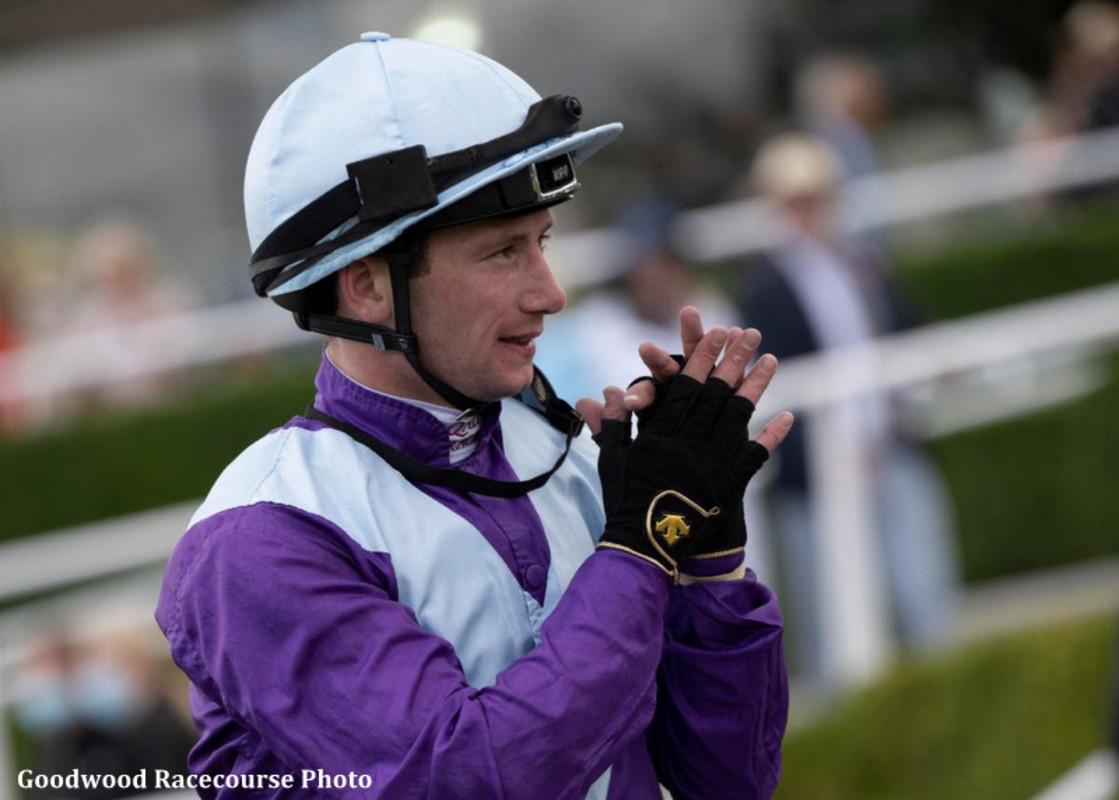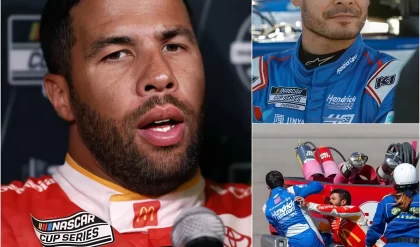In a dramatic turn of events that has sent ripples through the horse racing world, champion jockey Oisin Murphy finds himself under intense scrutiny following a drink-driving conviction. The British Horseracing Authority (BHA) has responded with what they describe as “extremely strict” conditions on Murphy’s riding license, a move that underscores the sport’s commitment to safety and integrity. This development, stemming from a serious incident earlier this year, raises questions about the future of one of racing’s brightest stars and the delicate balance between personal accountability and professional redemption.

On April 27, 2025, a grey Mercedes A Class driven by Murphy veered off the road in Hermitage, Berkshire, crashing into a tree. The aftermath was sobering: a female passenger, the car’s owner, was injured and hospitalized, while Murphy, appearing intoxicated to police, faced serious charges. At Reading Magistrates’ Court on July 3, the 29-year-old pleaded guilty to driving over the legal alcohol limit and failing to cooperate with a roadside breath test. The court handed down a hefty £70,000 fine and a 20-month driving ban, a punishment reflecting the gravity of his actions. Yet, for Murphy, a four-time UK champion jockey, the consequences extend far beyond the courtroom.
The BHA, tasked with upholding the sport’s reputation, acted swiftly. After extensive discussions with Murphy and his team, they imposed a stringent set of conditions on his riding license. These include enhanced alcohol testing both on and off the racecourse, alongside a requirement for Murphy to proactively engage with the BHA and report any changes in his personal circumstances that could impact his role as a licensed jockey. The authority’s statement emphasized a dual purpose: maintaining the safety and integrity of British racing while ensuring Murphy receives the support needed to meet the sport’s high standards.
Murphy’s history adds layers to this unfolding saga. Crowned champion jockey in 2019, 2020, 2021, and 2024, the Kerry-born rider has long been a celebrated figure in flat racing. His talent is undeniable, with a commanding lead in the 2025 jockeys’ championship and high-profile rides, such as partnering the Group 1-winning mare Asfoora in the upcoming Qatar Stakes at Goodwood. However, his career has not been without controversy. In 2020, a three-month ban from France Galop followed a positive cocaine test, though Murphy maintained his innocence. More significantly, in 2022, the BHA suspended him for 14 months for breaching Covid-19 protocols, failing pre-race breath tests, and misleading officials. Special conditions were placed on his license at the time, including a requirement to remain sober—a condition now under renewed scrutiny.

The BHA’s decision to allow Murphy to continue riding, despite calls from some quarters for an immediate ban, reflects a nuanced approach. Acting chief executive Brant Dunshea, speaking on ITV’s July meeting coverage, acknowledged that Murphy’s actions fell “below the standard” expected of licensed individuals. Yet, the authority opted against suspension, citing the need to balance punitive measures with support for Murphy’s rehabilitation. This decision has sparked debate. Some argue that allowing a jockey with a history of alcohol-related infractions to continue riding risks undermining the sport’s credibility. Others see the BHA’s conditions as a pragmatic way to keep a top talent in the game while addressing his personal challenges.
Murphy himself has expressed remorse. In a statement following the court ruling, he admitted there was “no excuse” for his actions, apologizing to fans, colleagues, and the racing community. His contrition was echoed by trainer Andrew Balding, who vowed to provide “all the help and support” possible to ensure such an incident never happens again. This support network, combined with the BHA’s rigorous monitoring, suggests a path forward for Murphy, but one that demands unwavering compliance. The authority has made it clear that any breach of these conditions could lead to the immediate suspension or withdrawal of his license—a stark warning for a jockey whose career hangs in the balance.
The incident has also cast a spotlight on the broader issue of alcohol in professional sports. Jockeys, whose livelihoods depend on split-second decisions and physical precision, face unique pressures. The BHA’s enhanced testing protocols, both at racecourses and in Murphy’s personal life, aim to mitigate risks to riders, horses, and the sport’s reputation. These measures are not just about punishment but about prevention, ensuring that Murphy—and others—can navigate the high-stakes world of racing without compromising safety.

For fans, the story is a mix of disappointment and intrigue. Murphy’s charisma and skill have made him a fan favorite, and his journey from Killarney to the pinnacle of British racing is the stuff of legend. Yet, this latest chapter adds a layer of complexity to his narrative. Can he overcome this setback and reclaim his status as a role model? Will the BHA’s conditions prove effective, or are they merely a stopgap for deeper issues? The racing community is watching closely, as Murphy’s compliance will be subject to regular review, with the threat of severe consequences looming.
The timing of the incident adds another twist. Just weeks before his court appearance, Murphy was at Royal Ascot, sharing life advice with younger jockeys. His words—“take the speed bumps along the way”—now seem eerily prophetic. As he prepares for major races, including a transatlantic trip to Saratoga and a ride in the Coral-Eclipse Stakes, the pressure to perform is immense. Each victory on the track will be scrutinized not just for its athletic merit but for what it says about Murphy’s ability to stay the course under the BHA’s watchful eye.
Social media platforms like Facebook are abuzz with reactions, from supporters rallying behind Murphy’s redemption to critics questioning the BHA’s leniency. This mix of drama, redemption, and high-stakes competition makes the story ripe for engagement. Posts about Murphy’s journey—his rise, his mistakes, and his fight to rebuild—are likely to resonate with audiences who love a tale of human struggle and resilience. Sharing this story could spark conversations about accountability, second chances, and the pressures of fame in the sporting world.
As Murphy navigates this challenging period, the racing world waits to see if he can harness his talent and discipline to meet the BHA’s demands. The conditions imposed on his license are not just a hurdle but an opportunity—a chance to prove that he can rise above his mistakes and continue to inspire. For now, the spotlight remains firmly on Oisin Murphy, a champion jockey whose next race may be as much about personal redemption as it is about crossing the finish line first.





